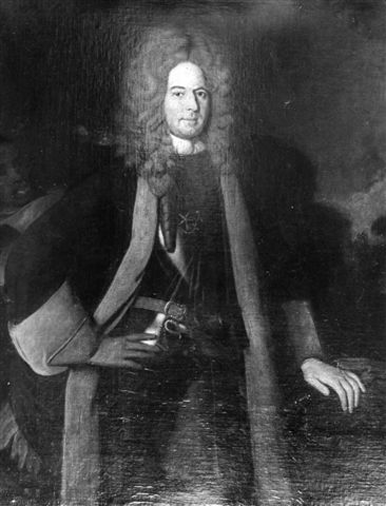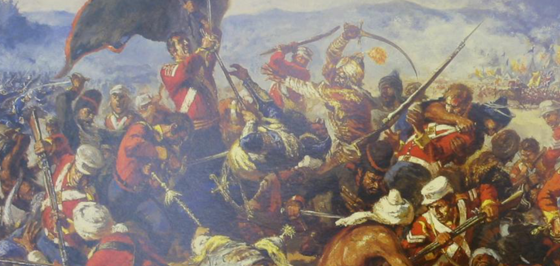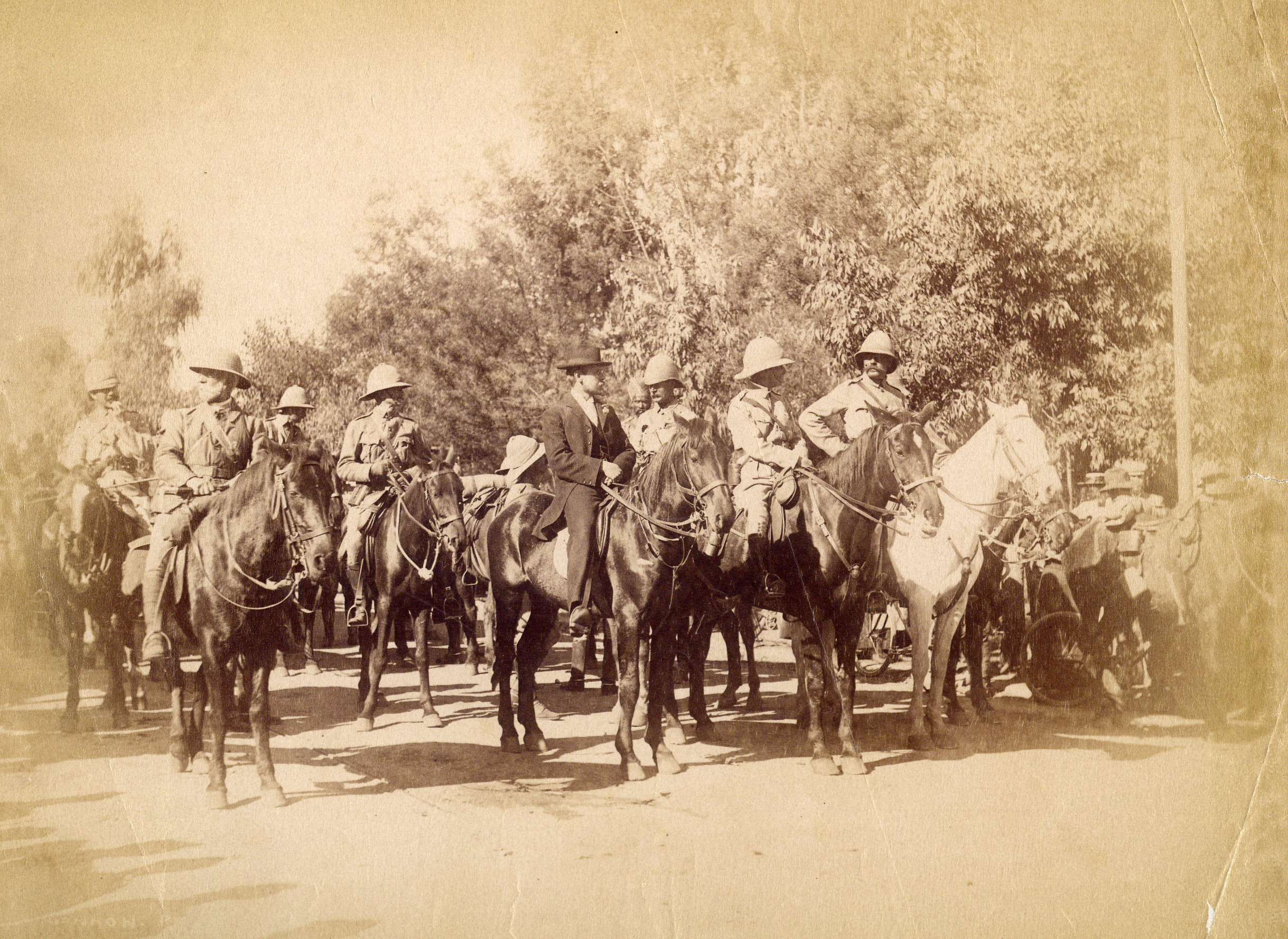Men born in Staffordshire were soldiers long before what was to become The Staffordshire Regiment (the ‘Staffords’) came into being during the War of the Spanish Succession in the reign of Queen Anne. This was on 26 March 1705 when Colonel Luke Lillingston raised a regiment of foot at the King’s Head in Lichfield; the pub is still there. The regiment is unique amongst all of Britain’s infantry regiments in its continuous identity with a single County. In 1707 Lillingston’s Regiment, which was to become the 38th Regiment of Foot, was sent to the West Indies and served there for 57 years – the longest overseas posting recorded in the British Army.
In 1756, at the start of the Seven Years War, the 11th Regiment of Foot raised a 2nd Battalion which, two years later, was renumbered as the 64th Regiment. It too was sent to the West Indies and there captured Guadeloupe in 1759 alongside the 38th, both regiments sharing the first battle honour awarded to the Staffords. Both regiments also played a prominent part in the American War of Independence between 1775 and 1783. To help improve recruiting direct county links were established in 1782, the 38th receiving the additional title of 1st Staffordshire Regiment and the 64th of 2nd Staffordshire Regiment.
In 1793 at the outset of the French Revolutionary and Napoleonic Wars the 80th Regiment, The Staffordshire Volunteers, was raised from the County’s militia. All three regiments were heavily involved in the various campaigns over the following 22 years. The 38th fought in Flanders, the south of Africa, South America, the West Indies and, most notably, in the Peninsular War under Wellington. The 64th was in the West Indies and Surinam (Guiana) for most of this period while the 80th served in Flanders, Egypt and India.
Further expansion of the Army saw the raising of the 98th Regiment in 1824, the fourth of the Staffords’ antecedents. As the century progressed the British Army served in many far-flung places. The 38th fought in the First Burma War in 1824-26 and the 98th was in China for the First Opium War in 1842 and the first to garrison Hong Kong. The 80th escorted convicts to Australia in 1836 and later assisted in the annexation of New Zealand. In 1845-46 the 80th was involved in the hard-fought First Sikh War during which, at the Battle of Ferozeshah on 21 December 1845, Colour Sergeant Matthew Kirkland, captured a Sikh standard. This event is still commemorated every year. The 80th were in the Second Burma War in 1852-53 and the 64th fought with distinction in Persia in 1856.
In 1854 war broke out with Russia and the 38th served throughout in the Crimea. The 64th were sent from Persia to India in 1857 where the Indian Rebellion (Indian Mutiny) had broken out over much of the country. There Drummer Thomas Flynn won the Regiment’s first Victoria Cross. The 38th and 80th both also served in the Rebellion. The 80th was in South Africa from 1876 and was heavily engaged in the Zulu War of 1879, winning two further VCs.
In 1881 the Cardwell-Childers Reforms created the county regiments. The 38th and 80th were linked to become the 1st and 2nd Battalions The South Staffordshire Regiment and the 64th and 98th The Prince of Wales’s (North Staffordshire) Regiment. The 98th had been given the title of The Prince of Wales’s Regiment in 1876 by the then Prince, later King Edward VII. The 1881 Reforms also saw the old county militias and volunteers linked directly with their Regular Army counterparts. The 1st South was fighting in Egypt and the Sudan in 1884-85, including the Gordon Relief Expedition, and both the 1st South and 2nd North served throughout the Second Boer War.
Vast expansion of the Army took place in the First World War, the two regiments finding a total of 35 battalions between them, 24 of them serving overseas. They served in every major campaign and battle of the War, including Mons, Ypres, the Somme, Gallipoli, Mesopotamia, Italy and the North-West Frontier. In September 1918 Staffordshire’s Territorials achieved a stunning victory when it stormed the St Quentin Canal on the formidable Hindenburg Line. More than 10,000 men from the South and North Staffords lost their lives and eight VCs were won, including that of Lance Corporal William Coltman, the most highly decorated British soldier of the War.
In World War Two the Regiment again served throughout the globe. The 1st South Staffords were in North Africa and in Burma were one of the Chindit battalions. The 2nd South were trained as glider-borne troops and fought in the Sicily and Arnhem landings. The 1st North served in India and the Arakan and the 2nd North were in the Dunkirk Campaign and Italy. Staffordshire Territorials played a notable part in Normandy. Three VCs were won, one in Burma and two at Arnhem, the 2nd South being the only battalion to win two VCs in one action during the War.
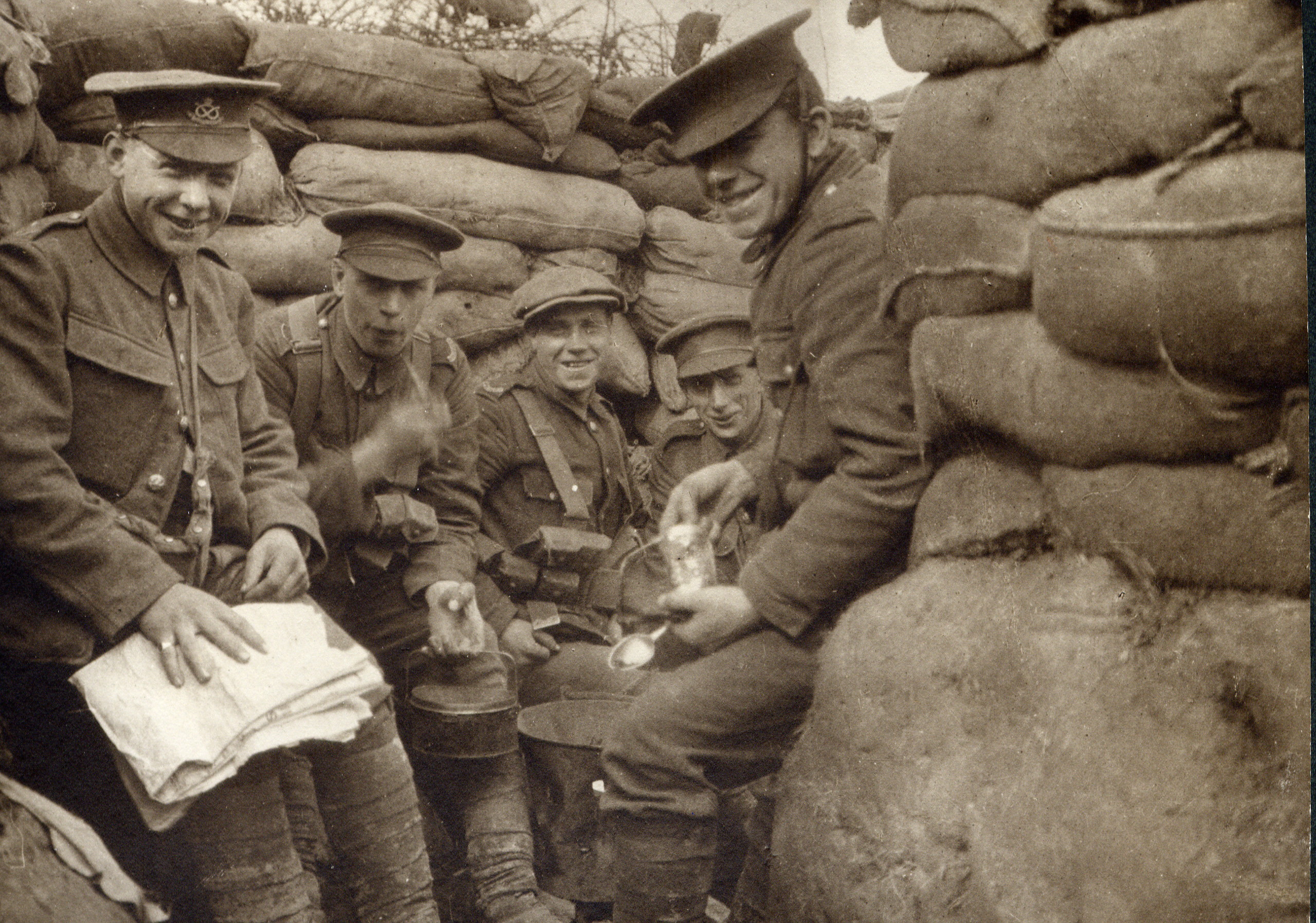
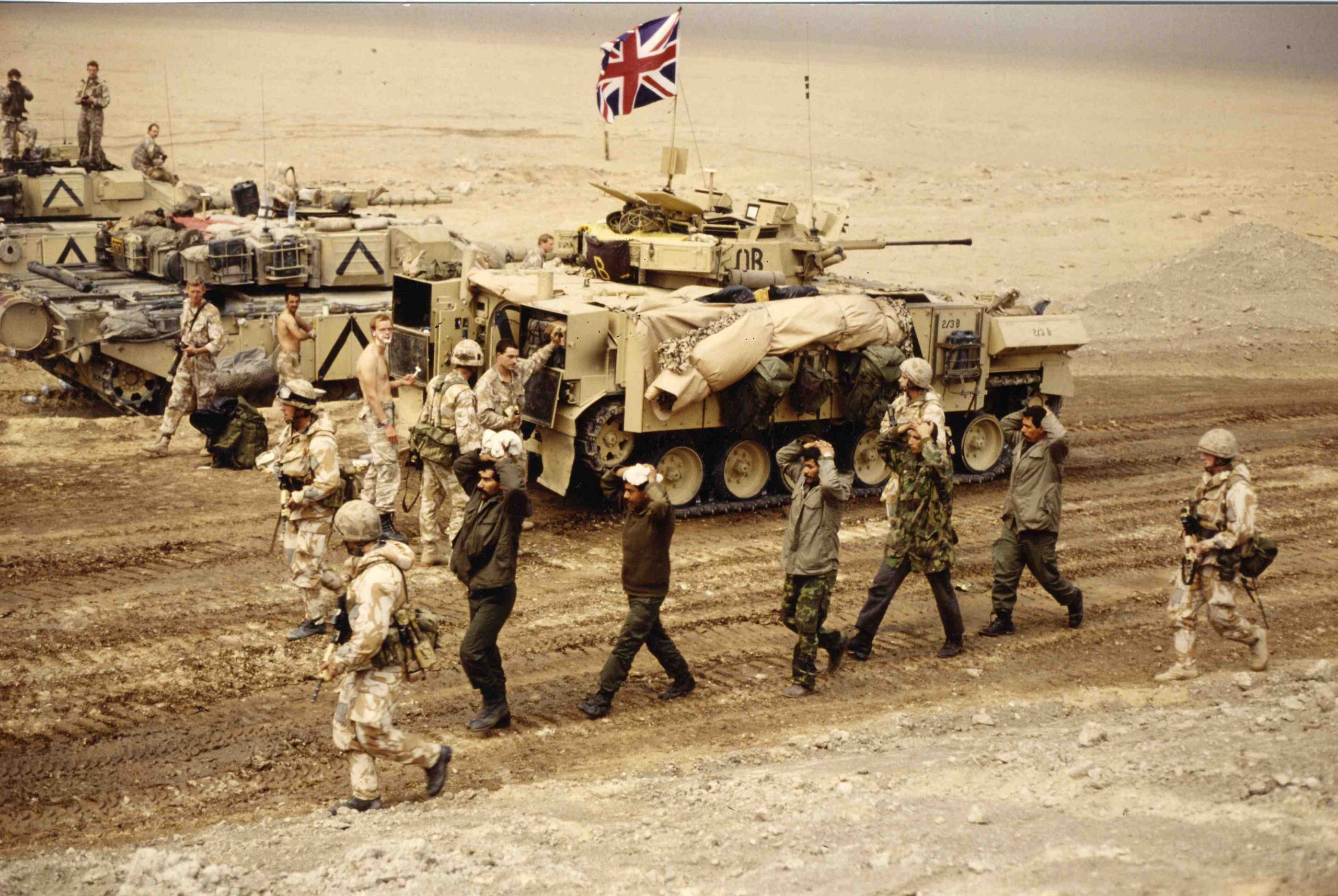
In the late 1940s and 1950s the remaining two Regular battalions were busy in Germany, Palestine, Korea, Trieste and Cyprus. Further major reductions in Army strength led to the South and North Staffords amalgamating in 1959 to form The Staffordshire Regiment (The Prince of Wales’s) with just one Regular battalion, although the Territorials survived until 1968, forming the Mercian Volunteers that year. 1 Staffords served with distinction in Germany, East Africa, Belize, Northern Ireland and Iraq, including the First Gulf War. The Staffords held on to their independence until 1 September 2007 when they merged with the 22nd (Cheshire) Regiment, the Worcestershire and Sherwood Foresters Regiment and the Territorials of the West Midlands Regiment to become the Mercian Regiment.

